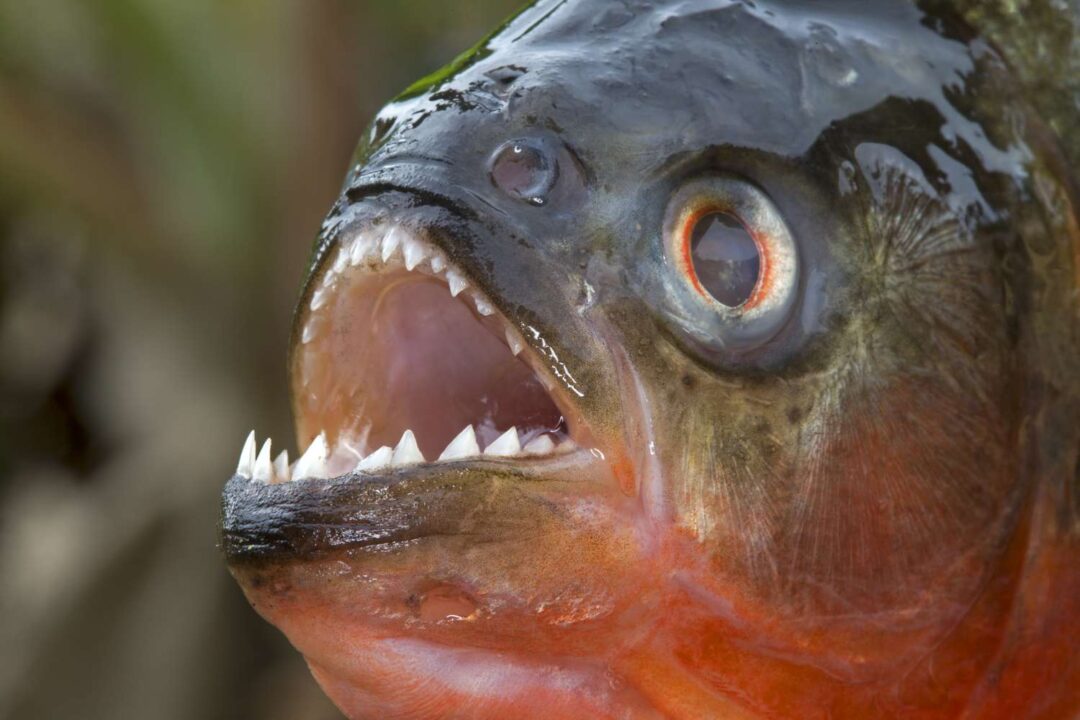Welcome to an intriguing exploration of the carp, a remarkable fish that falls under the class Actinopterygii and the order Cypriniformes. This aquatic family holds a captivating presence with a whopping variety of over 2,000 carp species, including popular ones like goldfish, grass carp, koi, and common carp. While primarily hailing from Asia, certain species have been selectively bred within the region. However, it’s worth noting that carp have also made their way to North American waters as invasive species.
At first glance, it might seem implausible for carp to possess conventional teeth, even when observing their appearance or examining a picture. In this captivating article, we embark on an intriguing quest to uncover the truth about carp teeth and delve into other intriguing details surrounding these creatures.
So, if you’ve ever pondered, do carp have teeth? Then, join us on this enlightening journey. We’ll reveal the secrets behind carp dentition and explore related aspects that will leave you captivated by the diverse wonders of the underwater world.
Do Carp Have Teeth?
Do carp have teeth? Absolutely! Carp have teeth, but they’re not like the sharp fangs you imagine. These teeth, known as pharyngeal teeth, are located at the back of their throats, making them hard to spot. Unlike the front of their mouths, which often appear toothless, carp’s teeth are more like molars.
Carp’s pharyngeal teeth aren’t pointed or razor-sharp but resemble round, flat molars. The number of teeth can vary between carp species and grow as the carp ages. Interestingly, carp teeth are continuously replaced throughout their lives, so they always regrow.
So, while it may not be obvious at first glance, carp possess teeth. These pharyngeal teeth in the throat area serve their purpose of chewing and grinding food. Next time you encounter a carp, remember that behind their unassuming appearance, they have a set of teeth ready to aid their feeding habits.
Eating Style of Carp
Many people wonder, “Do carp have teeth?” Well, the answer is yes, they do! However, carp teeth are quite different from human teeth. Carp are not avid biters; their dental structure is not designed for extensive biting or cutting. Instead, they have a unique way of consuming their prey.
When a carp catches its prey, it swiftly takes it into its mouth. The food then travels down the carp’s throat until it reaches the pharyngeal teeth. These special teeth allow the carp to chew its food. The carp slowly moves its jaws while simultaneously crushing the prey in a rotating motion. This crushing action ensures that the hard parts, like shells, are thoroughly crushed, leaving only the soft and edible parts for the carp to enjoy.
Although carp teeth are not as sharp as human teeth, they are mostly flat and capable of grinding food effectively. The carp applies the right amount of pressure to maximize the grinding process. It’s important to note that biting is not necessary for carp to consume their food.
If the hard parts of the prey are crushed adequately, the carp may even swallow them. However, larger remains will be expelled from the mouth.
So, while carp have teeth, their dental abilities specialize in grinding rather than biting or cutting.
What do Carp Eat?
Carps are flexible eaters and can consume both plants and animals. They are known as “opportunistic feeders,” meaning they eat anything that fits into their mouths without causing harm. Their food sources range from insects, snails, and crustaceans to algae, nuts, berries, detritus, crayfish, underwater plants, corn, and bread.
These adaptable fish can devour up to two percent of their body weight daily, with some species even consuming as much as 40%. Carps weigh between 4.5 and 31 pounds on average, although certain types can weigh up to 100 pounds.
During winter, carp’s metabolism slows down, making them sluggish and significantly reducing their appetite. As a result, their food intake decreases during this period.
Final Words: Do Carp Have Teeth?
In conclusion, whether carp have teeth has been definitively answered. Carp are indeed equipped with teeth, although their dental structure differs from that of mammals. Carp possess pharyngeal teeth in the back of their throat, which serve a unique purpose in their feeding habits.
These specialized teeth aid carp in grinding and crushing their food, such as plants, algae, and small invertebrates. While they lack teeth in the front of their mouths, their pharyngeal teeth are powerful enough to process their diet efficiently. This adaptation allows carp to thrive in a variety of freshwater environments worldwide.



